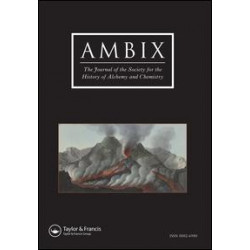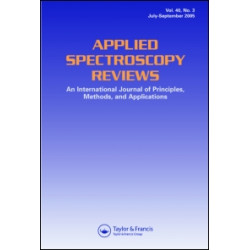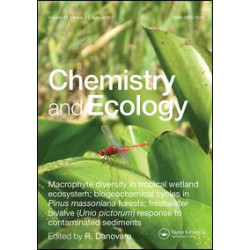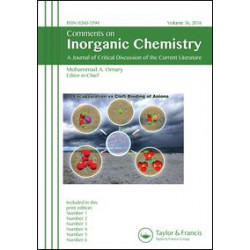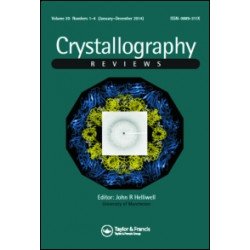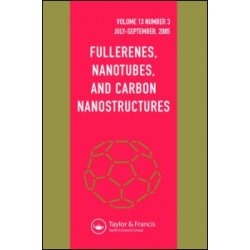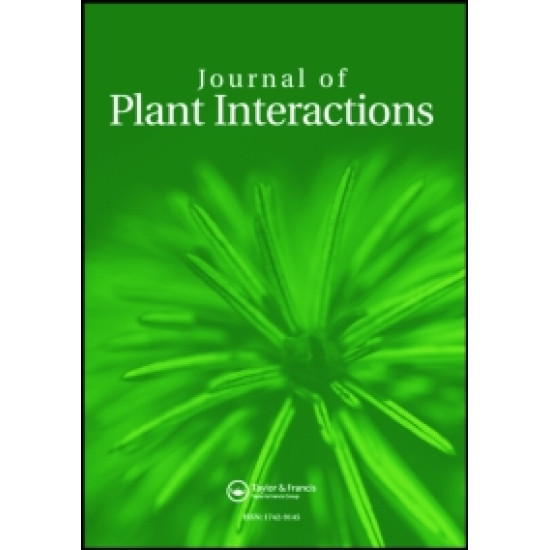
Free
Journal of Plant Interactions
Journal of Plant Interactions is a peer reviewed open access journal, broadly publishing research that discusses interactions of plants with their surrounding environment.
Subjects of interest include:
Plant-Plant Interaction
All biochemical, physiological and molecular aspects of plant-plant interactions are welcomed.
Plant-Microorganism Interaction
One of the widest sections covered by three fundamental sub-areas: Plant-Fungi; Plant-Bacteria and Plant-Virus Interactions. Responses to and interactions of plants with micro-organisms are the basics for understanding community dynamics and crop productivity, as well as the key to discovering new resistance genes for pest and disease attacks.
Plant-Insect Interaction
This area deals with all aspects of interaction: from pest attack to plant attraction; from tritrophic interactions to biological control. The presence of plants after millions of years of herbivore predation demonstrates plants have the ability to deter herbivore feeding. Similarly, the presence of herbivores after ages of plant toxin biosynthesis is the living evidence that insect herbivores can counteract plant poisons.
Plant-Animal Interaction
This area is intended for all studies concerning the effect of grazing on plant population and dynamics. Besides insects, monogastric and polygastric herbivores interact with plants with grazing activity.
Plant-Environment Interaction
This area is divided into two general sections: ‘pen environment’ and ‘losed environment’. The first section covers all aspects of plants’ interaction with abiotic stresses present in the natural environments (including atmospheric phenomena, light, temperature, pollution, etc.). The aim of the second section is to collect research reports on artificial environments where plants live (including greenhouses, growth chambers, etc.) both on Earth and in space applications. Remote sensing and biosensing are also covered here.
Plant-Soil Interaction (including Plant-Water Interaction)
This area deals with nutrition, drought, flooding, restoration, phytoremediation, bioremediation, applied ecology, and all aspects where plants interact with the soil.
Manuscripts should show fundamental advances to existing knowledge and be of wide interest to the plant-interaction biology community. It is essential that a clear biological meaning and interpretation of the plant interaction is provided. Results should be supported by a sound statistical analysis. Preference will be given to manuscripts presenting evidence that answers important questions with a high degree of certainty and clarity.
The Journal is of significance to all plant biologists, plant physiologists, ecologists, mycologists, microbiologists, agronomists, landscape architects, environmental engineers, entomologists, students and all researchers interested in biological struggle and sustainable use of natural resources.
Subjects of interest include:
Plant-Plant Interaction
All biochemical, physiological and molecular aspects of plant-plant interactions are welcomed.
Plant-Microorganism Interaction
One of the widest sections covered by three fundamental sub-areas: Plant-Fungi; Plant-Bacteria and Plant-Virus Interactions. Responses to and interactions of plants with micro-organisms are the basics for understanding community dynamics and crop productivity, as well as the key to discovering new resistance genes for pest and disease attacks.
Plant-Insect Interaction
This area deals with all aspects of interaction: from pest attack to plant attraction; from tritrophic interactions to biological control. The presence of plants after millions of years of herbivore predation demonstrates plants have the ability to deter herbivore feeding. Similarly, the presence of herbivores after ages of plant toxin biosynthesis is the living evidence that insect herbivores can counteract plant poisons.
Plant-Animal Interaction
This area is intended for all studies concerning the effect of grazing on plant population and dynamics. Besides insects, monogastric and polygastric herbivores interact with plants with grazing activity.
Plant-Environment Interaction
This area is divided into two general sections: ‘pen environment’ and ‘losed environment’. The first section covers all aspects of plants’ interaction with abiotic stresses present in the natural environments (including atmospheric phenomena, light, temperature, pollution, etc.). The aim of the second section is to collect research reports on artificial environments where plants live (including greenhouses, growth chambers, etc.) both on Earth and in space applications. Remote sensing and biosensing are also covered here.
Plant-Soil Interaction (including Plant-Water Interaction)
This area deals with nutrition, drought, flooding, restoration, phytoremediation, bioremediation, applied ecology, and all aspects where plants interact with the soil.
Manuscripts should show fundamental advances to existing knowledge and be of wide interest to the plant-interaction biology community. It is essential that a clear biological meaning and interpretation of the plant interaction is provided. Results should be supported by a sound statistical analysis. Preference will be given to manuscripts presenting evidence that answers important questions with a high degree of certainty and clarity.
The Journal is of significance to all plant biologists, plant physiologists, ecologists, mycologists, microbiologists, agronomists, landscape architects, environmental engineers, entomologists, students and all researchers interested in biological struggle and sustainable use of natural resources.
₹0.00







